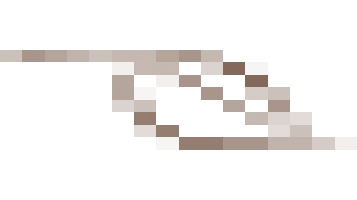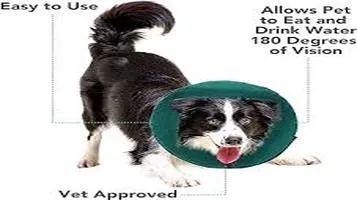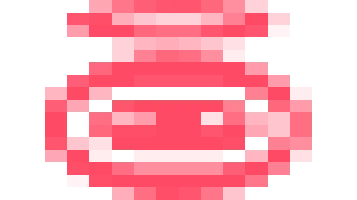A Comprehensive Review of Hummingbird Feeders
Hummingbird feeders are specially designed containers used to attract and nourish hummingbirds with a sugar-water solution that mimics the nectar found in flowers. Typically made from glass or plastic, these feeders often feature bright colors, especially red, to catch the attention of these vibrant birds. They come in various shapes and sizes, with multiple feeding ports to accommodate several birds at once. The best feeders are easy to fill and clean, helping to maintain the health of the visiting hummingbirds by preventing mold and bacteria growth. Placing feeders in a quiet, shaded area can encourage regular visits, while ensuring a delightful display of agile, hovering birds. Regularly replenishing the nectar ensures that hummingbirds have a reliable food source, especially during migration periods.

Hummingbirds are among the most enchanting visitors to any garden. Their iridescent feathers and rapid, hovering flight captivate bird enthusiasts and casual observers alike. To attract these tiny aviators, many people turn to hummingbird feeders. These feeders are designed to provide a reliable source of nectar, mimicking the flowers that hummingbirds naturally feed on. In this review, we'll delve into the various aspects of hummingbird feeders, including their design, functionality, ease of maintenance, and overall effectiveness in attracting hummingbirds.
Design and Aesthetics
Hummingbird feeders come in a wide array of designs, from simple plastic models to intricate glass and metal constructions. The most common designs include bottle feeders and saucer feeders. Bottle feeders typically feature a vertical reservoir that holds the nectar, with feeding ports and perches at the bottom. Saucer feeders, on the other hand, have a horizontal reservoir with ports on top.
One of the primary considerations when choosing a feeder is its aesthetic appeal. Many feeders are designed to be visually attractive, often featuring bright colors like red and yellow to catch the attention of hummingbirds. Additionally, feeders made from glass and metal can add a touch of elegance to any garden. However, it's important to note that aesthetics should not come at the expense of functionality. A well-designed feeder should balance both form and function.
Functionality
The primary function of a hummingbird feeder is to provide a steady supply of nectar. Most feeders are designed to be filled with a simple sugar-water solution, made by mixing four parts water to one part white granulated sugar. It's crucial to avoid using honey, artificial sweeteners, or food coloring, as these can be harmful to hummingbirds.
Feeding ports should be designed to allow easy access for the birds while keeping insects like ants and bees at bay. Many modern feeders incorporate ant moats and bee guards to address this issue. Ant moats are small reservoirs of water that create a barrier ants cannot cross, while bee guards are mesh or plastic barriers that prevent bees from reaching the nectar.
Another important aspect of functionality is the ease of filling and cleaning the feeder. Feeders with wide-mouth openings and detachable parts are generally easier to maintain. Regular cleaning is essential to prevent the growth of mold and bacteria, which can be harmful to hummingbirds. Ideally, feeders should be cleaned and refilled every two to three days, especially in warm weather.
Durability and Weather Resistance
Hummingbird feeders are exposed to the elements, so durability is a key consideration. Plastic feeders are lightweight and less likely to break if dropped, but they can degrade over time due to UV exposure. Glass feeders, while more fragile, tend to be more resistant to UV damage and often feature more intricate designs. Metal components should be rust-resistant to ensure longevity.
Weather resistance is another important factor. Feeders should be able to withstand rain and wind without leaking or tipping over. Some feeders come with built-in weather guards or can be paired with accessories like weather domes to provide additional protection.
Attracting Hummingbirds
The success of a hummingbird feeder ultimately depends on its ability to attract hummingbirds. Bright colors, particularly red, are highly effective in catching the attention of these birds. Many feeders feature red bases or accents for this reason. Additionally, placing the feeder in a visible location, ideally near flowering plants, can increase the chances of attracting hummingbirds.
Hummingbirds are creatures of habit and will return to reliable food sources. Consistency is key, so it's important to keep the feeder filled and clean. It may take some time for hummingbirds to discover a new feeder, but patience and persistence usually pay off.
Environmental Considerations
When choosing a hummingbird feeder, it's worth considering the environmental impact. Opting for feeders made from recyclable or sustainable materials can help reduce your ecological footprint. Additionally, some companies offer feeders made from recycled materials, which can be a more eco-friendly choice.
Conclusion
Hummingbird feeders are a delightful addition to any garden, offering an up-close view of these fascinating birds. When selecting a feeder, it's important to consider factors such as design, functionality, ease of maintenance, durability, and weather resistance. A well-chosen feeder not only enhances the beauty of your garden but also provides a valuable food source for hummingbirds.
In summary, hummingbird feeders can be both decorative and functional, attracting these vibrant birds to your yard and providing endless enjoyment for bird watchers. By choosing a feeder that balances aesthetics with practicality, and by maintaining it diligently, you can create a welcoming oasis for hummingbirds and enjoy their presence throughout the feeding season.






